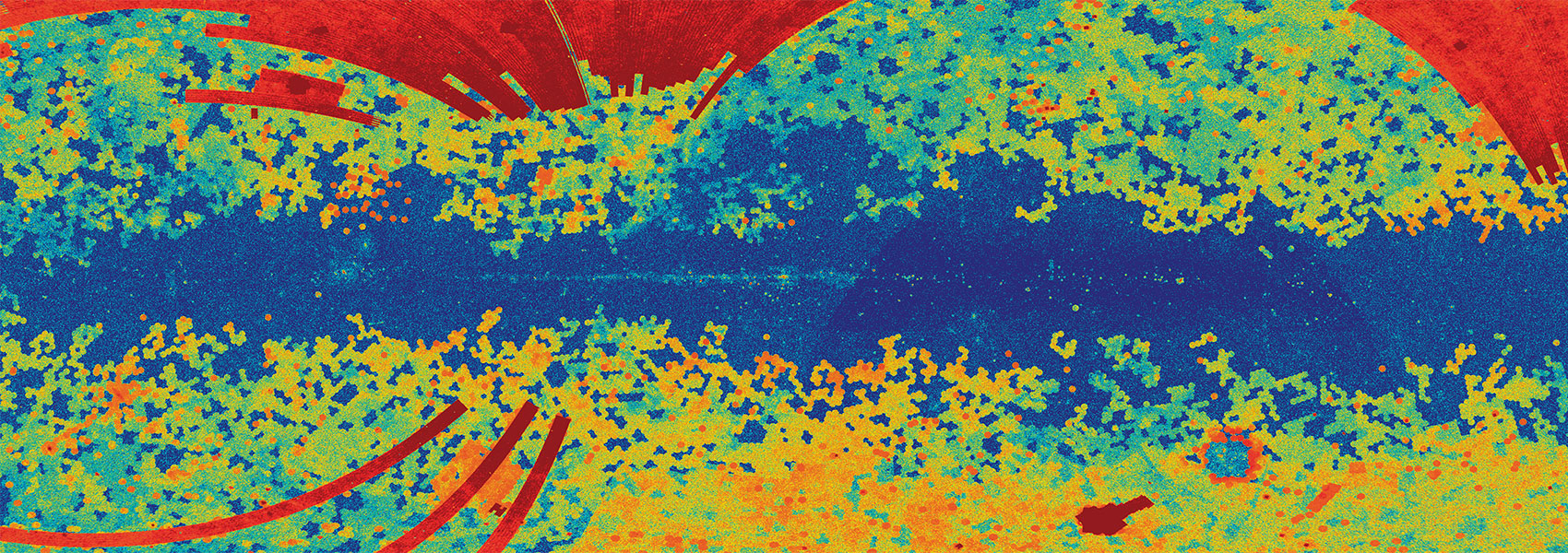April
2020
•
2020ApJS..247...61F
Authors
•
Faisst, A. L.
•
Schaerer, D.
•
Lemaux, B. C.
•
Oesch, P. A.
•
Fudamoto, Y.
•
Cassata, P.
•
Béthermin, M.
•
Capak, P. L.
•
Le Fèvre, O.
•
Silverman, J. D.
•
Yan, L.
•
Ginolfi, M.
•
Koekemoer, A. M.
•
Morselli, L.
•
Amorín, R.
•
Bardelli, S.
•
Boquien, M.
•
Brammer, G.
•
Cimatti, A.
•
Dessauges-Zavadsky, M.
•
Fujimoto, S.
•
Gruppioni, C.
•
Hathi, N. P.
•
Hemmati, S.
•
Ibar, E.
•
Jones, G. C.
•
Khusanova, Y.
•
Loiacono, F.
•
Pozzi, F.
•
Talia, M.
•
Tasca, L. A. M.
•
Riechers, D. A.
•
Rodighiero, G.
•
Romano, M.
•
Scoville, N.
•
Toft, S.
•
Vallini, L.
•
Vergani, D.
•
Zamorani, G.
•
Zucca, E.
Abstract
•
We present the ancillary data and basic physical measurements for the galaxies in the ALMA Large Program to Investigate C+ at Early Times (ALPINE) survey - the first large multiwavelength survey that aims at characterizing the gas and dust properties of 118 main-sequence galaxies at redshifts 4.4 < z < 5.9 via the measurement of [C II] emission at 158 μm (64% at >3.5σ) and the surrounding far-infrared continuum in conjunction with a wealth of optical and near-infrared data. We outline in detail the spectroscopic data and selection of the galaxies as well as the ground- and space-based imaging products. In addition, we provide several basic measurements including stellar masses, star formation rates (SFR), rest-frame ultra-violet (UV) luminosities, UV continuum slopes (β), and absorption line redshifts, as well as Hα emission derived from Spitzer colors. We find that the ALPINE sample is representative of the 4 < z < 6 galaxy population selected by photometric methods and only slightly biased toward bluer colors (Δβ ∼ 0.2). Using [C II] as tracer of the systemic redshift (confirmed for one galaxy at z = 4.5 out of 118 for which we obtained optical [O III]λ3727Å emission), we confirm redshifted Lyα emission and blueshifted absorption lines similar to findings at lower redshifts. By stacking the rest-frame UV spectra in the [C II] rest frame, we find that the absorption lines in galaxies with high specific SFR are more blueshifted, which could be indicative of stronger winds and outflows.
Links





